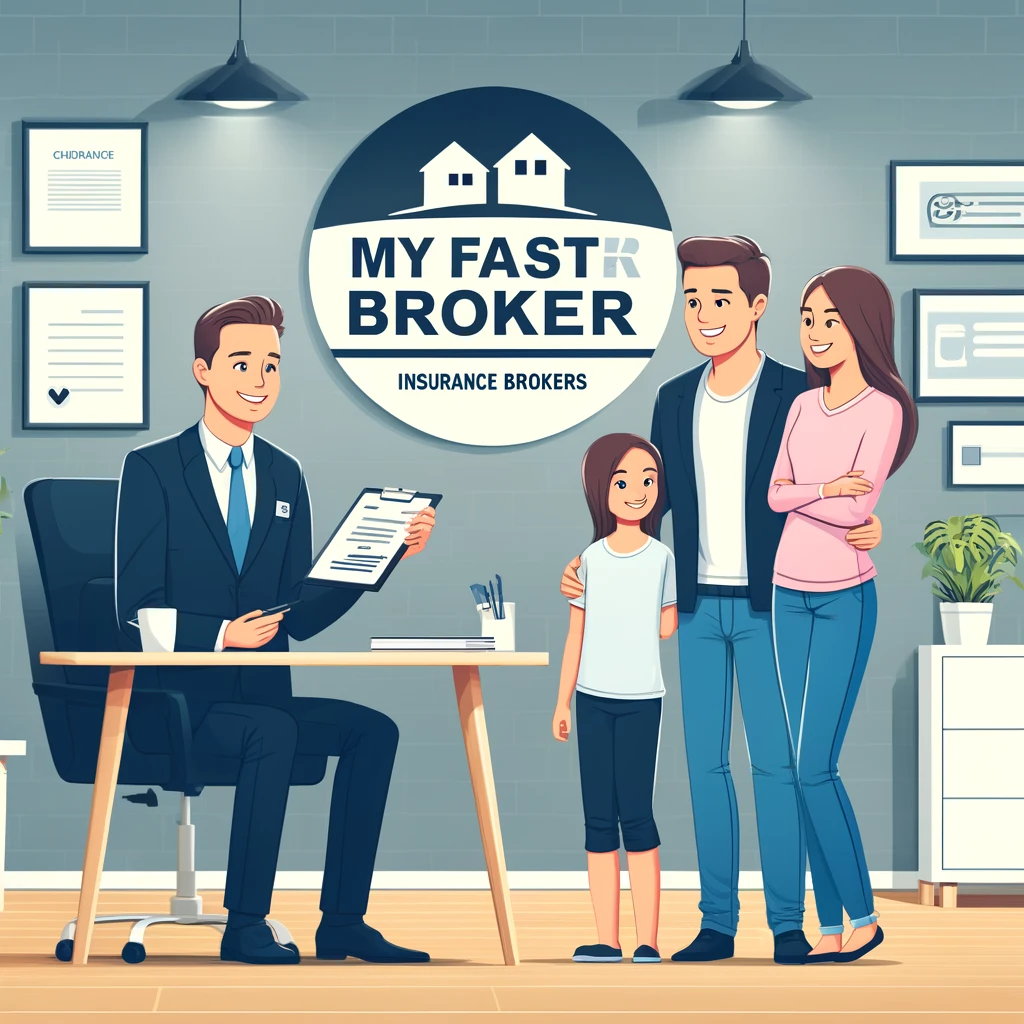
Introduction: Bills, Snow Shovels, and That “What If?” Moment
Alright, let me paint you a picture. It’s January in Best Home Equity Loan Rates in Connecticut. Snow everywhere. I’m standing on my front porch in Middletown, trying to knock ice off my shovel (and secretly regretting not moving south years ago). My neighbor leans over the fence—Tom, the guy who always has a random fact ready to go—and says, “Hey, ever think about tapping into your house for extra cash?”
At first, I thought he meant selling. I nearly dropped the shovel. But nope, he was talking about home equity loans. And honestly, that moment stuck with me. Because, like a lot of people around here, I’ve got bills stacked up, college tuition creeping in, and a bathroom that still looks like it belongs in 1975.
That’s when I started looking into the best home equity loan rates in Connecticut—not as some financial blogger, but as a regular person just trying to make sense of all this money talk.
What Even Is a Home Equity Loan?
I’ll keep it simple. Imagine your home is this giant piggy bank you’ve been feeding for years. Every mortgage payment you’ve made, every little rise in property value—that’s your equity building up.
A home equity loan is basically you saying: “Hey, piggy bank, I’d like some of that back.” The bank gives you a chunk of cash, you agree on an interest rate, and you pay it back in steady installments. Think of it like a second mortgage—but less scary when you break it down.
And here’s the thing: unlike credit cards that smack you with 20%+ interest, these loans usually hover around 6–9% in Connecticut right now. Huge difference.
Why Connecticut Folks Actually Use Them
Life in Connecticut is charming, sure, but cheap? Not exactly. One minute you’re buying apple cider donuts at a farmers market, the next you’re writing a check for a furnace repair that costs more than your first car.
Here are the big reasons I noticed people around me love home equity loans here:
-
Renovations (because those old New England houses are gorgeous but not cheap to maintain).
-
College tuition (shoutout to parents in New Haven drowning in Yale or Quinnipiac bills).
-
Debt consolidation (credit card rates are brutal, let’s be honest).
-
Medical costs (because even with insurance, it adds up fast).
Basically, it’s not about “fun money.” It’s about survival or smart planning.
Connecticut Home Equity Loan Rates Right Now
When I first started digging, I thought all lenders would just… have the same rates. Nope. It’s a wild jungle out there.
As of late 2025, here’s the ballpark:
-
Low end: ~6.5% APR (if your credit is shiny and bright).
-
Average: 7–8% APR.
-
High end: 9%+ if your credit’s bumpy.
And let me tell you—the local banks and credit unions often beat the big national guys. That surprised me. I figured bigger meant cheaper. Not always.
My Chaos-Fueled Comparison Process
Picture me sitting at my laptop with three tabs open, coffee going cold, and me muttering things like “what even is APR?” under my breath. That was my Sunday afternoon.
Here’s what I eventually figured out:
-
APR is the truth. Forget just looking at the interest rate. APR shows the real cost, with fees baked in.
-
Closing costs sneak up. Appraisals, origination fees, even random attorney charges. Some lenders waive them, some don’t.
-
Fixed vs. variable rates. I don’t like surprises, so I went fixed. But if you gamble, variable might start lower.
-
Terms matter. 5 years? Higher payments. 20 years? Lower payments but more interest over time.
I swear I felt like I was cramming for a pop quiz I never signed up for.
The Connecticut Lenders That Stood Out
Okay, let’s get to the juicy part: the lenders that actually seemed worth it.
1. Liberty Bank
-
Rates: around 6.75% APR
-
Terms up to 20 years
-
Bonus: real humans actually answer the phone (a rarity these days).
2. American Eagle Financial Credit Union
-
Rates: 6.5% APR (best I saw for good credit)
-
No closing costs if you stick with the loan for 3+ years
-
They really take care of their members.
3. Webster Bank
-
Rates: ~7% APR
-
Big presence across the state
-
Good mix of home equity loans and HELOCs.
4. Connex Credit Union
-
Rates: 6.75–7% APR
-
Community-focused, not pushy
-
Great option if you want something smaller and more personal.
The Good and The Bad
What I loved about home equity loans:
-
Predictable monthly payments.
-
Rates way lower than credit cards.
-
You get a big chunk of money all at once.
What I didn’t love:
-
Your house is the collateral. That risk is real.
-
Some banks sneak in fees you won’t notice until later.
-
Less flexible than a HELOC (which works more like a credit card with a limit).
When It Makes Sense (and When It Doesn’t)
This is just me, but I think it makes sense when:
-
You’re redoing a kitchen, roof, or bathroom.
-
You’re paying off high-interest debt.
-
You’ve got a big, planned expense like tuition.
I don’t think it makes sense when:
-
You’re booking a trip to Disney.
-
You’re covering monthly living expenses.
-
You don’t feel 100% sure about your income stability.
Because at the end of the day—it’s still your house on the line.
FAQs About Home Equity Loan Rates in Connecticut
Q1: What credit score do I need?
Usually 680+ is the cutoff, but the sweet spot is 740 and above for the best rates.
Q2: How much can I borrow?
Up to 80% of your home’s value, minus what you still owe.
Q3: Do credit unions really have better deals?
Honestly? A lot of the time, yes. American Eagle and Connex had lower rates than the big banks when I checked.
Q4: Can I deduct interest on these loans?
If you’re using the money to improve your home—yes, sometimes. But tax rules change all the time, so talk to a pro.
Wrapping It Up: My Two Cents
Hunting for the best home equity loan rates in Connecticut wasn’t exactly my idea of fun. But once I got over the jargon and actually compared offers, it wasn’t as painful as I thought.
If you’re sitting at your kitchen table right now with bills piling up, don’t freak out. You’ve got options. Just—promise me this—shop around. The difference between a 6.5% and 7.5% loan sounds small, but stretched over 15 years? That’s thousands of dollars. Maybe even that Italy trip one day (paid for responsibly, of course).
At the end of the day, your home in Connecticut isn’t just four walls and a roof. It’s leverage. It’s security. And if you play it smart, it’s the key to finally updating that avocado-green bathroom you’ve been side-eyeing since the day you moved in.




